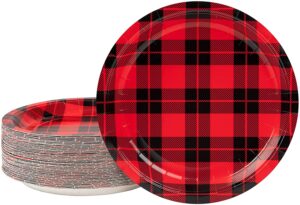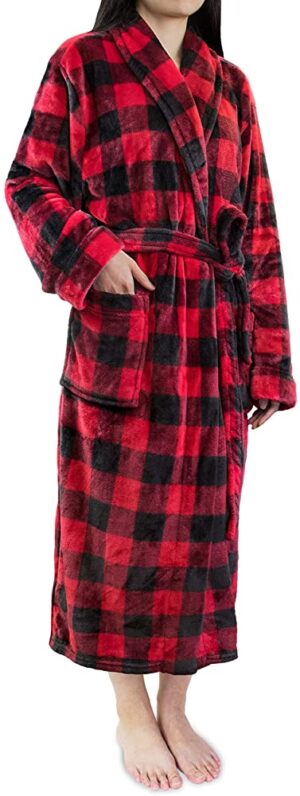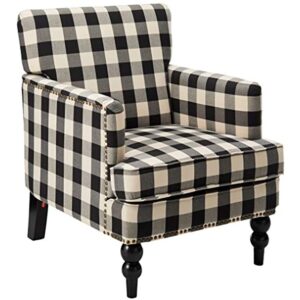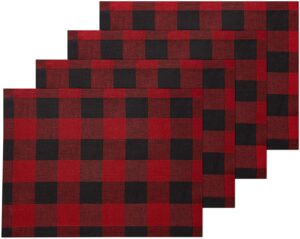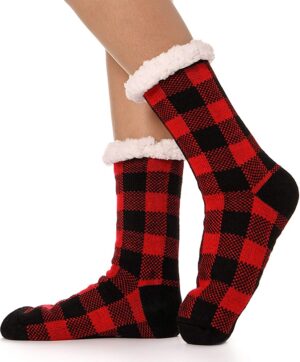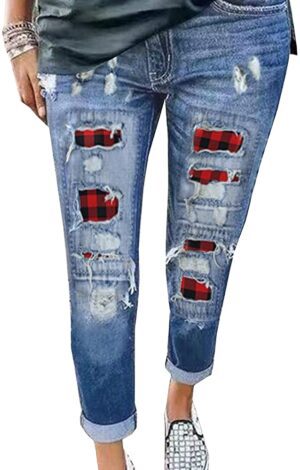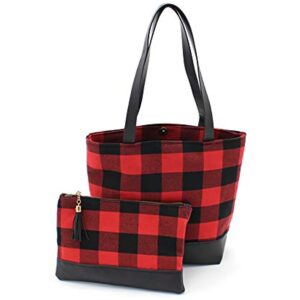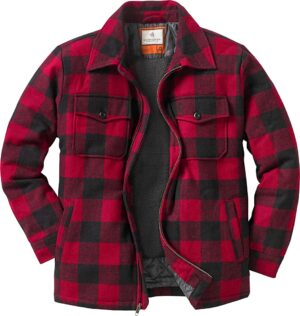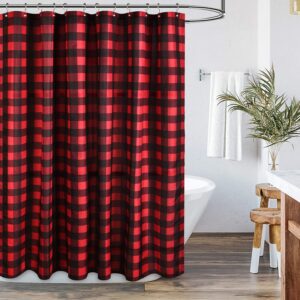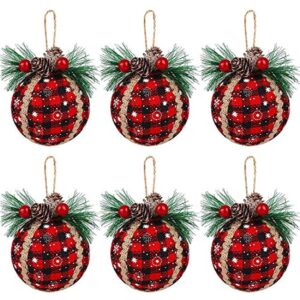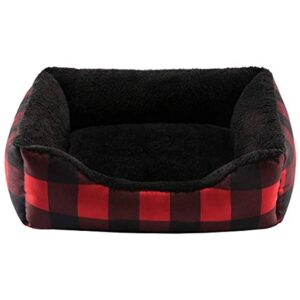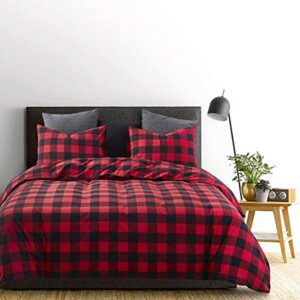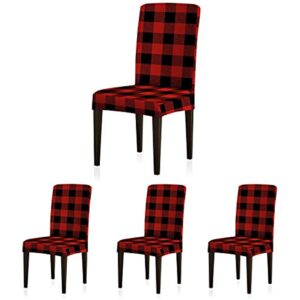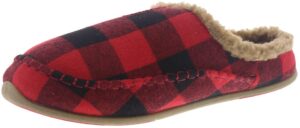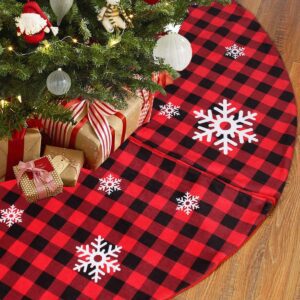Are you tired of mismatched placemats on your dining table? Wondering which color placemat would best complement different table types? Look no further! With the “What Color Placemats for Different Table Types?” guide, you’ll unlock the secrets to creating a harmonious and visually appealing dining experience. From rustic farmhouse tables to sleek modern designs, this article will provide you with expert tips and recommendations on selecting the perfect color placemats to elevate your table setting. Say goodbye to clashing colors and hello to effortless style with this must-have guide!
Understanding the Role of Placemats
Placemats are more than just functional dining accessories; they play a significant role in enhancing the overall aesthetic of your dining table. By using placemats, you can add a touch of style and elegance while protecting your table from spills and stains. Placemats are versatile and can be used for both formal and casual dining occasions.
The Purpose of Placemats
The primary purpose of placemats is to provide a clean and organized space for each guest at the table. They create a designated area for placing plates, utensils, and glassware, ensuring that everything stays in place during the meal. Placemats also serve as a protective barrier, preventing hot dishes from directly touching and potentially damaging the table surface.
The Decorative Significance of Placemats
Placemats are an excellent opportunity to add a pop of color, texture, or pattern to your dining table. They can instantly elevate the overall look and feel of your table setting, making it more visually appealing. Whether you prefer a minimalist and modern design or a bold and vibrant aesthetic, placemats allow you to showcase your personal style and create a welcoming atmosphere for your guests.
Materials Used for Placemats
Placemats come in a wide variety of materials, each with its own unique characteristics and advantages. Common materials used for placemats include fabric, such as cotton, linen, or polyester, which offer a soft and luxurious feel. Other popular options include vinyl, bamboo, and plastic, which are known for their durability and easy maintenance. Additionally, natural materials like jute and rattan can add a touch of organic warmth to your table.
Sizes and Shapes of Placemats
Placemats come in various sizes and shapes to accommodate different table settings and dining styles. Standard rectangular placemats are the most common and versatile option, suitable for both formal and casual meals. Round placemats provide a more intimate and cozy atmosphere, ideal for small gatherings or romantic dinners. Other shapes, such as square or oval, can also add a unique and stylish touch to your table arrangement.
Factors to Consider in Choosing Placemat Colors
When it comes to choosing the perfect placemat colors, there are several factors to consider, which will help create a cohesive and aesthetically pleasing table setting.
Room’s Color Scheme
Consider the color scheme of the room where your dining table is located. Choose placemat colors that complement or harmonize with the existing color palette. For example, if your dining room features earthy tones, consider opting for placemats in warm hues such as beige, brown, or olive green. On the other hand, if your room has a vibrant and colorful decor, you might choose Placemats in bold and contrasting colors to make a statement.
Tablecloth Color
If you usually use a tablecloth, take into account its color when selecting placemats. You can choose placemat colors that either match or complement the tablecloth, creating a cohesive and coordinated look. For instance, if you have a white tablecloth, you might opt for Placemats in neutral shades like ivory or gray. Alternatively, you can choose placemats in a complementary color to add a touch of contrast and visual interest.
Season or Occasion
The season or occasion can also influence your choice of placemat colors. For a festive and cheerful atmosphere during the holidays, consider using placemats in rich, deep shades like burgundy or forest green. During the spring or summer, lighter pastel colors such as mint green or pale yellow can create a fresh and vibrant ambiance. Tailor your placemat colors to the specific season or occasion to set the desired mood and atmosphere.
Personal Preference
Ultimately, personal preference should be a significant factor when deciding on placemat colors. Choose colors that you genuinely enjoy and resonate with. If you have a favorite color or a color that evokes positive emotions for you, consider incorporating it into your table setting. Placemats are an opportunity to express your creativity and personal style, so trust your instincts and select colors that make you feel happy and comfortable.
Placemat Colors for Wooden Tables
Wooden tables radiate warmth and natural beauty, and the right placemat colors can further enhance their visual appeal.
Complimenting the Natural Hue of the Wood
To bring out the natural beauty of your wooden table, consider selecting placemats that complement its hue. For lighter-colored woods, such as pine or birch, opt for placemats in warm earth tones like beige or caramel. If your table has a rich, dark finish, placemats in deeper shades like chocolate brown or burgundy can create an elegant and sophisticated look.
Creating Contrast with Wooden Tables
Alternatively, you can choose placemat colors that create a pleasing contrast with your wooden table. For light-colored wood, select placemats in darker shades like navy blue or deep green to make a statement. Similarly, dark hardwood tables can be beautifully accentuated with placemats in lighter colors such as cream or soft gray. The contrast will make your table stand out and add visual interest to the overall dining experience.
Matching with Other Wooden Elements
Consider the other wooden elements in your dining space, such as chairs or cabinets. Coordinating your placemat colors with these elements can create a cohesive and harmonious look. If your chairs are made of a different type of wood than your table, select placemat colors that complement the chair’s color. This will create a sense of unity and balance throughout the room.
Placemat Colors for Glass Tables
Glass tables bring a sense of modernity and sophistication to any dining area. Choosing the right placemat colors can accentuate the sleek and transparent nature of the glass.
Achieving Balance with Clear or Tinted Glass
If you have a clear glass table, you have the opportunity to play with a wide range of placemat colors. Opt for colors that complement the overall color scheme of your room or the adjacent furniture pieces. Neutral and muted tones like gray, beige, or taupe can create an elegant and contemporary look. If your glass table has a tint, consider incorporating placemat colors that coordinate with the tint for a cohesive and harmonious aesthetic.
Utilizing Placemat Color to Enhance the Light-Reflective Property of Glass
Glass tables have the advantage of reflecting light, which can make your dining area appear brighter and more spacious. When selecting placemat colors, keep in mind that lighter shades absorb less light and can help amplify the light-reflective property of the glass. Soft pastel colors, such as pale blue or blush pink, can create a delicate and ethereal atmosphere. On the other hand, if you want to make a bold statement, consider vibrant and jewel-toned placemats that will catch and reflect light, adding a pop of color to your table.
Playing with Transparency
One of the unique qualities of glass tables is their transparency. This characteristic allows you to experiment with layered aesthetics by using translucent or sheer placemats. Opt for placemats in subtle and translucent colors like frosted white or pale turquoise to create a visually captivating effect. You can also layer different colored placemats to add depth and dimension, showcasing a modern and artistic approach.
Placemat Colors for Marble Tables
Marble tables exude elegance and timeless beauty. The right placemat colors can enhance the natural veins and patterns of the marble, creating a harmonious and luxurious dining experience.
Highlighting the Elegance of Marble
To highlight the elegance of your marble table, choose placemats in colors that complement its natural beauty. Taupe or cream-colored placemats can create a soft and sophisticated look, allowing the marble’s intricate details to take center stage. Placemats in pale gray or silver tones can also enhance the luxurious and refined feel of the marble, elevating the overall aesthetic of your dining table.
Choosing Colors Based on Marble’s Natural Vein
Consider the color and veining of your marble table when selecting placemat colors. If your marble has warm, reddish-brown veins, opt for placemats in complementary warm tones like terracotta or rust. For marble with cooler gray or blue veins, placemats in cooler tones such as silver or navy can provide a striking contrast. By choosing placemat colors that align with the marble’s natural characteristics, you can create a visually cohesive and visually pleasing table setting.
Marrying Modern and Classic with Marble
Marble tables are known for blending classic and modern styles seamlessly. You can continue this aesthetic by selecting placemat colors that bridge the gap between tradition and contemporary design. Neutral colors like black or white can help maintain a timeless and elegant look. Alternatively, if you want to add a modern twist, choose placemats in bold and vibrant colors like emerald green or royal blue. This juxtaposition of old and new will create a captivating and visually intriguing dining experience.
Placemat Colors for Metal Tables
Metal tables often exude a sleek and industrial vibe. By carefully selecting placemat colors, you can accentuate the unique characteristics of metal while adding a touch of warmth and style to your dining area.
Pairing with the Cold Feel of Metal
Metal tables can sometimes feel cold and uninviting. By choosing warm-toned placemat colors, you can counterbalance this characteristic and create a more welcoming ambiance. Earthy colors like burnt orange or deep mustard can add warmth and earthiness to the metal, making it feel cozier and more inviting. Placemats in rich jewel tones like deep purple or emerald can also create a luxurious and sophisticated look when paired with metal tables.
Meeting Industrial Aesthetic with Placemat Color
If you embrace the industrial aesthetic of metal tables, you can Choose placemat colors that complement this style. Opt for neutral colors like gray or charcoal to maintain a minimalist and contemporary look. Metallic shades like silver or copper can also add a touch of metallic sheen, further emphasizing the industrial feel of the table. By seamlessly integrating the placemat colors with the metal, you can create a cohesive and visually captivating table setting.
Accentuating the Sleekness of Metal
Metal tables are often praised for their sleek and streamlined designs. To enhance this sophisticated quality, select placemats in monochromatic or complementary colors. Black or white placemats can create a sleek and minimalist aesthetic, accentuating the clean lines of the metal table. Alternatively, you can choose placemat colors that have a similar finish or texture to the metal to create a cohesive and polished look. This attention to detail will elevate the overall visual appeal of your dining space.

Placemat Colors for Plastic Tables
Plastic tables are lightweight, versatile, and often associated with casual dining. To add personality and style to your plastic table, consider selecting placemat colors with vibrant and playful tones.
Injecting Fun and Vibrance into Plastic Tables
Plastic tables are an opportunity to embrace color and experiment with bold and vibrant placemat choices. Choose placemats in vibrant colors like fuchsia, lime green, or electric blue to inject energy and playfulness into your dining area. Don’t be afraid to mix and match different colors to create a fun and eclectic look. Placemats with patterns or prints can also add additional visual interest and whimsy to your plastic table.
Complementing or Contrasting with the Plastic Color
If your plastic table has a specific color, consider selecting placemats that either complement or contrast with that color. For example, if your plastic table is white, colorful placemats can create a striking contrast and make a bold statement. On the other hand, if your plastic table is already brightly colored, you might opt for placemats in neutral shades to balance the overall look.
Using Placemats to Add Texture to Plastic Surfaces
Plastic tables often have smooth and sleek surfaces. To add texture and visual interest, select placemats with different textures and finishes. Placemats made of woven materials like bamboo or jute can introduce a natural and organic texture to your table. Additionally, fabric placemats with embroidered details or a quilted pattern can add a cozy and tactile element. By incorporating textured placemats, you can elevate the look and feel of your plastic table.
Cleaning and Maintaining Colored Placemats
To ensure your colored placemats remain in excellent condition and maintain their vibrant hues, proper cleaning and maintenance are essential.
Regular Cleaning of Placemats
Regularly clean your colored placemats according to the manufacturer’s instructions. Most fabric placemats can be washed by hand or in the washing machine, while others may require spot cleaning. Remove any food spills or stains as soon as possible to prevent permanent discoloration. For plastic, vinyl, or bamboo placemats, simply wipe them clean with a damp cloth or sponge.
Tips to Prevent Color Fading
To prolong the lifespan of your colored placemats and prevent color fading, keep them away from direct sunlight when not in use. Exposure to UV rays can cause colors to fade over time. If possible, store your placemats in a cool and dark place to maintain their vibrancy. Additionally, avoid using harsh detergents or bleach when cleaning your placemats, as these can strip away the colors.
Proper Storage of Placemats
When your placemats are not in use, store them flat or rolled up to prevent creases or wrinkles. If you prefer to fold them, make sure to fold them neatly and avoid placing heavy objects on top, as this can result in permanent creases. Storing placemats in a dedicated drawer or cupboard will protect them from dust and potential damage.
When to Replace Placemats
Over time, placemats may show signs of wear and tear, such as fading colors, frayed edges, or deep stains that cannot be removed. When your placemats become visibly damaged or no longer meet your aesthetic standards, it may be time to replace them. Regularly assess the condition of your placemats to ensure they continue to enhance your dining table’s appearance and functionality.






